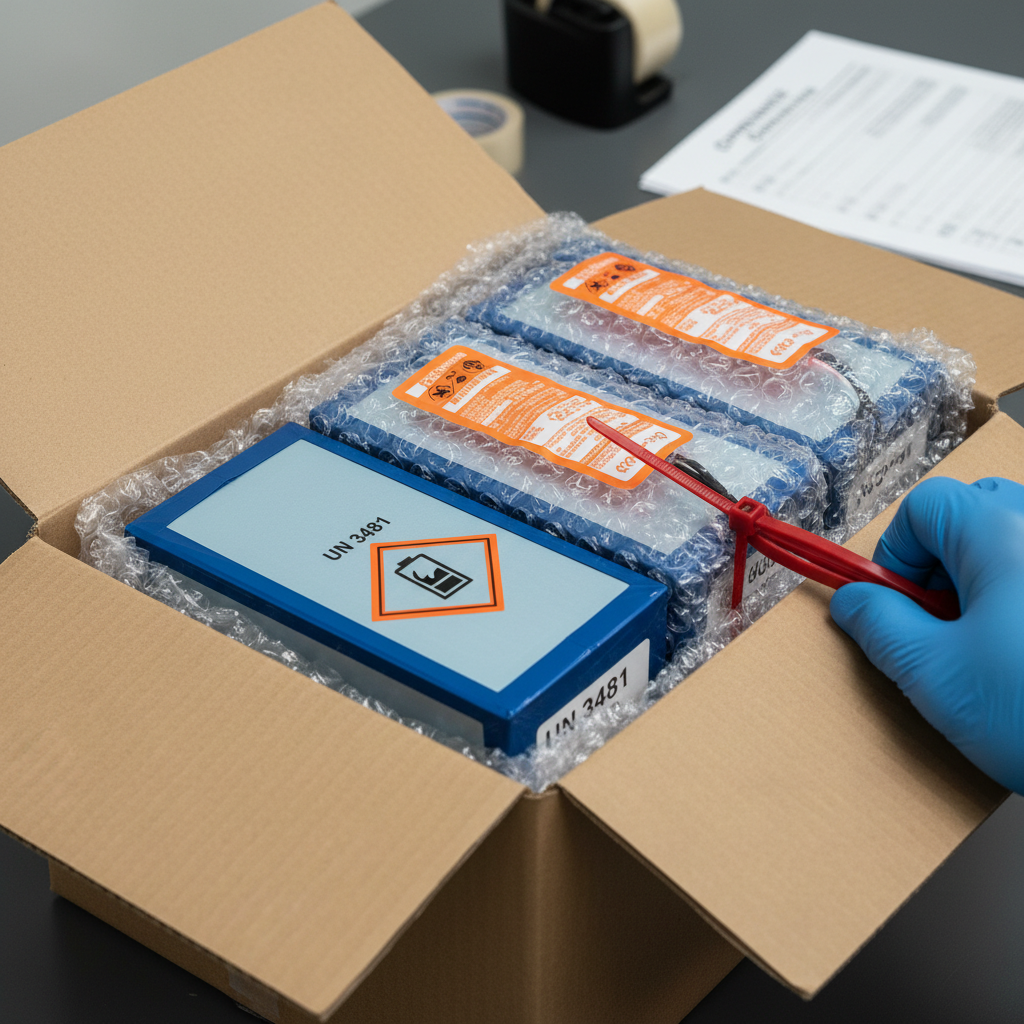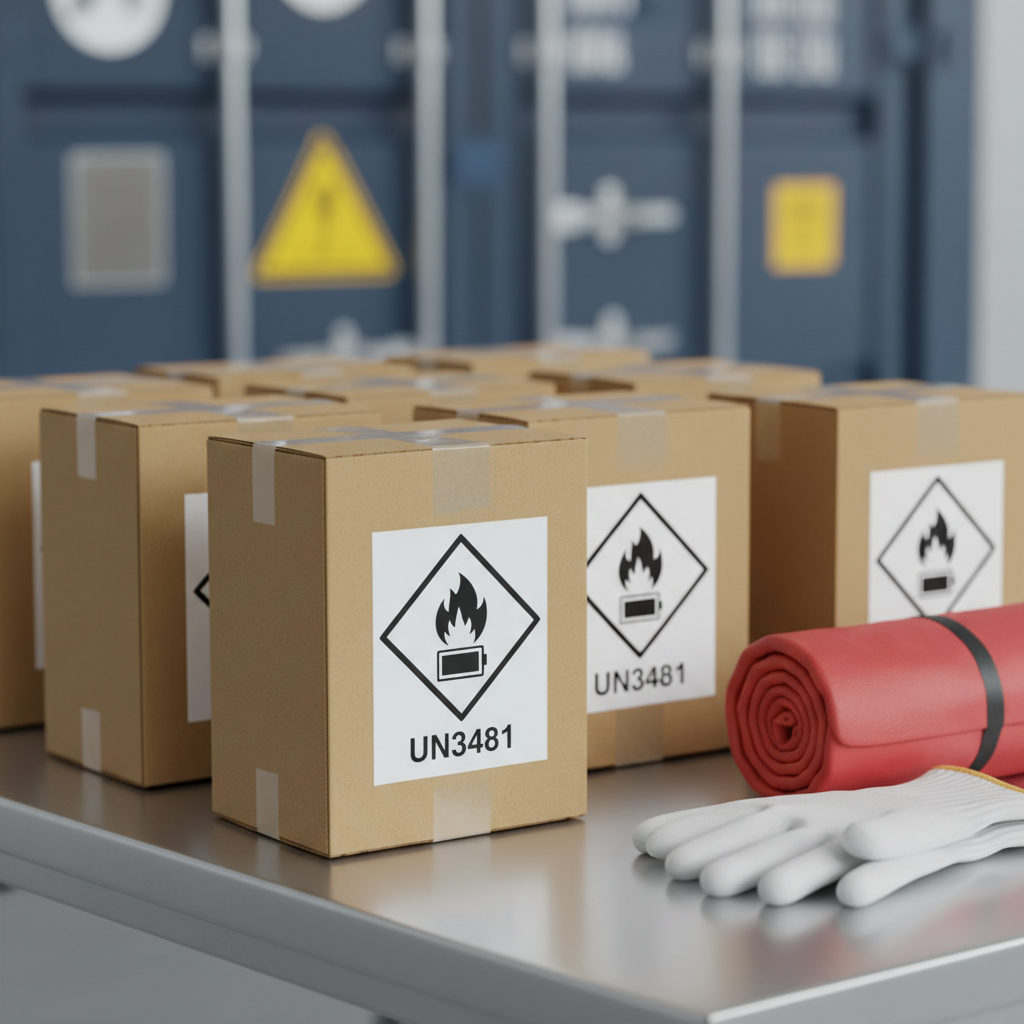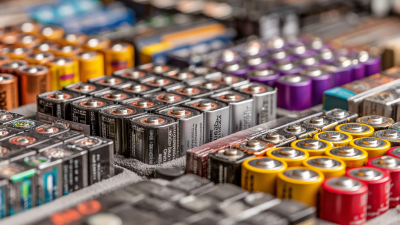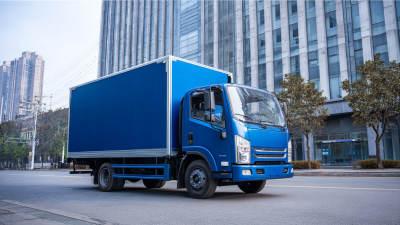Essential Tips for Safely Shipping UN3481 Lithium Ion Batteries
Shipping UN3481 lithium ion batteries requires careful consideration and adherence to safety regulations to prevent potential hazards during transport. As the use of lithium ion batteries becomes more widespread in consumer electronics and electric vehicles, understanding the proper shipping procedures is critical for businesses and individuals alike. This guide provides essential tips to ensure safe and compliant shipment of these batteries, focusing on key aspects such as packaging, labeling, and carrier requirements.

The proper handling and shipping of UN3481 lithium ion batteries are not only vital for regulatory compliance but also for protecting people and the environment. Mishandling these batteries can lead to serious incidents, including fires or explosions, which can have devastating consequences. By following the outlined procedures and guidelines, shippers can minimize risks and ensure that their shipments reach their destinations safely and efficiently. Our focus will be on best practices and specific requirements that must be met to navigate the complexities of shipping lithium ion batteries successfully.
Understanding UN3481: What It Is and Why It Matters for Shipping
UN3481 refers to lithium-ion batteries that are contained in or packed with equipment and are classified as dangerous goods under international shipping regulations. Understanding this classification is crucial for businesses and individuals involved in shipping such items. As the use of lithium-ion batteries continues to grow in consumer electronics and electric vehicles, so does the complexity of their transportation.
 UN3481 specifically addresses the unique risks these batteries pose during transport, such as overheating, short-circuiting, or potentially causing fires.
UN3481 specifically addresses the unique risks these batteries pose during transport, such as overheating, short-circuiting, or potentially causing fires.
Shipping lithium-ion batteries under the UN3481 designation requires adherence to strict regulations to ensure safety throughout the transportation process. This includes proper labeling, packaging, and documentation to communicate the potential hazards to carriers and handlers. Compliance not only protects the shippers and the carriers but also facilitates smoother shipping processes. Understanding the significance of UN3481 ensures all parties involved are aware of the safety measures necessary to prevent accidents and enhance accountability during the shipping of these essential components in modern technology.
Key Regulations Governing the Transportation of Lithium Ion Batteries
When shipping UN3481 lithium-ion batteries, understanding key regulations governing their transportation is crucial to ensure safety and compliance. The International Air Transport Association (IATA) classifies lithium batteries based on their risk level. UN3481 represents lithium-ion batteries contained in or packed with equipment, which are considered less hazardous than standalone batteries. According to the IATA's Dangerous Goods Regulations, these batteries must be packed in a way that prevents short circuits and protects terminals. Additionally, the capacity should not exceed 300 watt-hours to qualify under this designation.
In the United States, regulations from the Department of Transportation (DOT) and the Pipeline and Hazardous Materials Safety Administration (PHMSA) must be observed. These agencies require that packages containing lithium-ion batteries be plainly marked with the UN3481 label alongside appropriate handling instructions. Recent industry reports indicate that non-compliance with these regulations can lead to significant fines, up to $78,000 per violation. Moreover, as reported by the Federal Aviation Administration (FAA), incidents involving lithium-ion batteries have increased, emphasizing the need for stricter adherence to safety protocols during shipping. Proper training for personnel involved in the handling and shipping of these batteries is not just beneficial but essential for preventing hazardous situations.
Best Practices for Packaging Lithium Ion Batteries in Compliance with UN3481
When it comes to shipping lithium-ion batteries under UN3481 regulations, adhering to best practices for packaging is crucial to ensure safety and compliance. First, it is essential to use sturdy, durable outer packaging that can withstand the rigors of transit. Packaging should be designed specifically for lithium-ion batteries, often consisting of strong cardboard boxes, poly bags, and cushioning materials to prevent movement and potential damage during shipping.
Moreover, marking and labeling play a significant role in the safe transport of these batteries. Each package must display the appropriate UN3481 hazard label and packaging group information. Additionally, it is important to include clear handling instructions that detail precautions to take in case of an emergency. Ensuring that terminals are protected, using non-conductive materials like electrical tape or caps, can prevent short-circuits, which is another key element of effective packaging. By following these best practices, shippers can minimize risks and ensure compliance with international regulations when transporting lithium-ion batteries.
Essential Tips for Safely Shipping UN3481 Lithium Ion Batteries - Best Practices for Packaging Lithium Ion Batteries in Compliance with UN3481
| Tip No. |
Best Practice |
Description |
Compliance Requirement |
| 1 |
Use Proper Packaging |
Batteries must be packed in strong, sturdy boxes that can withstand rough handling. |
UN3481 Compliance |
| 2 |
Protect Terminal Contacts |
Ensure that the terminal contacts are insulated to prevent short circuits. |
IATA DGR Section 2.3.5.1 |
| 3 |
Label Packages Correctly |
Packages containing lithium ion batteries must be clearly labeled with the appropriate hazard symbols. |
ADR 3.4.2.1 |
| 4 |
Provide Relevant Documentation |
Ensure that all necessary shipping documents and safety data sheets are included. |
IATA and ICAO Regulations |
| 5 |
Check for State Regulations |
Be aware of any state-specific regulations that may apply to the shipping of lithium batteries. |
State Regulatory Compliance |
Common Mistakes to Avoid When Shipping UN3481 Lithium Ion Batteries
When shipping UN3481 lithium-ion batteries, it’s crucial to avoid common mistakes that could lead to safety hazards or regulatory issues. One of the primary errors is inadequate packaging. Batteries should be securely packed in materials designed to prevent movement and potential short circuits. Using unapproved containers can result in damage during transit, which might explode or leak hazardous substances.
Another frequent oversight is failing to label packages correctly. Each shipment of lithium-ion batteries must be marked with the proper UN number and handling instructions. Incomplete or incorrect labeling can lead to delays, fines, and even the rejection of shipments by carriers. It’s important to stay updated on regulations, as these can vary by region and may have changed since the last shipment was sent. Ensuring that all documentation, including shipping papers and safety data sheets, is accurate and available can help streamline the shipping process while ensuring compliance.
The Importance of Labeling and Documentation in Safe Battery Shipping
Proper labeling and documentation play a critical role in the safe shipping of UN3481 lithium-ion batteries. According to the International Air Transport Association (IATA), improper labeling can result in fines, delays, or even safety incidents during transit. Batteries shipped under UN3481 regulations, which cover lithium-ion batteries contained in or packed with equipment, must adhere strictly to guidelines to ensure they are transported without posing hazards. Each package should include a hazard label and a declaration stating the battery's watt-hour rating, mitigating risks associated with potential short circuits or fire hazards.
When preparing lithium-ion batteries for shipment, it's crucial to follow these essential tips: First, ensure all batteries are properly discharged to a safe voltage level before packing. Second, use appropriate packaging materials that can withstand rough handling; cushioned packaging and anti-static bags are ideal. Lastly, maintain accurate documentation that includes a shipper’s declaration, as detailed by the U.S. Department of Transportation, which mandates comprehensive reporting on battery type and operational status to facilitate safe transport.
By prioritizing precise labeling and thorough documentation, shippers can significantly reduce risks and comply with tight regulations, fostering a safer shipping environment for lithium-ion batteries.




 UN3481 specifically addresses the unique risks these batteries pose during transport, such as overheating, short-circuiting, or potentially causing fires.
UN3481 specifically addresses the unique risks these batteries pose during transport, such as overheating, short-circuiting, or potentially causing fires.








